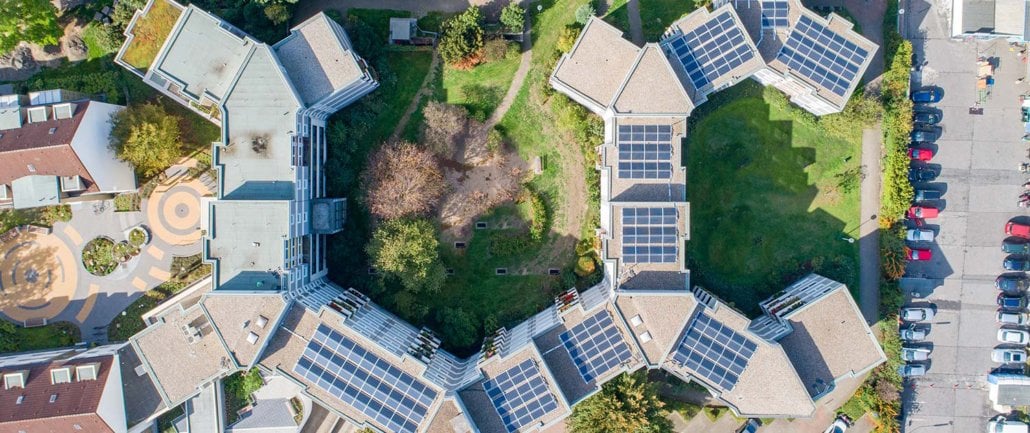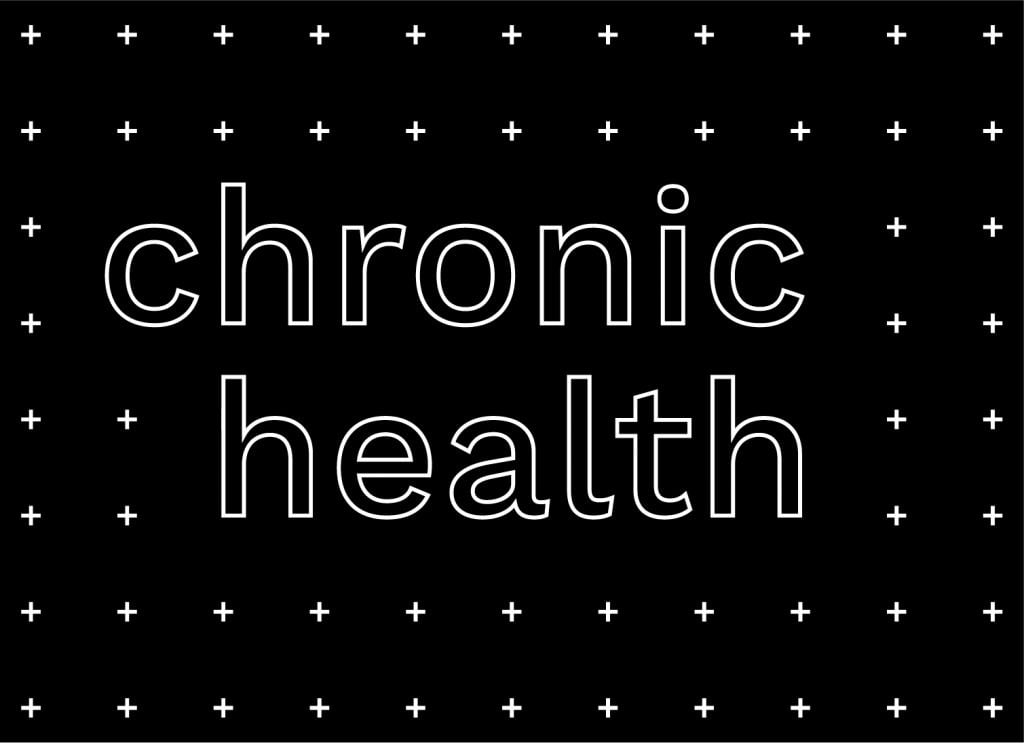
As renters and buyers are becoming more environmentally aware around the world, property developers now need to meet even higher green standards. Sustainability is a sign of quality and a desirable aspect of new properties. Research has shown that 73% of millennials are willing to pay more for sustainable products, but it’s not only about younger buyers. Green retirement villages that are entirely powered by renewable energies are also opening. There are more financing initiatives in place to encourage green living and tax credits for those using renewable energies to power their homes. Here are a few examples of how higher green standards are affecting the housing market in different countries.
The shift towards sustainable living
The global shift towards sustainable living has meant that eco-friendly property is changing the market. Energy-efficiency is one of the key factors renters and buyers look for in a home. It not only helps to reduce their environmental impact but also lowers utility bills. Greener homes are therefore viewed as a better investment overall. Renewable energy sources are much more accessible and there’s a growing trend in the use of solar power, ground, and air source heat pumps, and biomass systems. Many energy providers also offer a renewables-backed electricity supply making sustainable living much easier to achieve.
Higher green standards for new builds
Due to the increase in demand for eco-friendly properties, there are also higher green standards in place for new building projects. The UK government, in particular, has set out plans to improve the energy-efficiency of new builds. There are now higher green standards for new builds in the UK with the objective that by 2025, carbon emissions are decreased by 75%. This means reducing emissions by 31% from 2021. There are also schemes in place to help homeowners improve the energy performance of their existing properties. This is just one example of how higher green standards will play a part in economic recovery and it will be beneficial for landlords and tenants alike.
Green financing initiatives
As well as introducing higher standards for new builds, there are also incentives in place for homeowners if they make the effort to improve the energy-efficiency of their property. Companies such as LendInvest are offering “green cashback” on loans given to bridge-to-let customers who increase their energy rating. It seems there’s never been a better time to invest in making your property more sustainable. Initiatives such as these allow borrowers to benefit financially from a more positive environmental impact. By turning your home into an eco-sanctuary, you’ll not only increase its value but also save on your financing.
Renewable energy tax credit
Many countries have a solar investment tax credit in place. This means that homeowners who install solar panels will receive a tax credit in exchange for the investment. Government initiatives in the US, UK, and across Europe for example have been set up to encourage the use of renewable energies. There are also plenty of new housing concepts inspiring people to live sustainably. The technology needed to run a fully self-sustainable household exists, now the main objective is to change people’s attitudes and habits. Many people don’t see using renewables to power their home as realistic or believe it will make much difference. This is not the case, however, and there are several campaigns to raise awareness.
PropTech helps to monitor energy-efficiency
Advance developments in PropTech have had a massive impact on the real estate industry. Renters and buyers are now able to understand the sustainability of their properties by using tools that employ deep learning and artificial intelligence. Smart technology is constantly collecting data to analyze the energy performance of a building. One of the PropTech predictions for the future is that it will be used to improve the energy-efficiency of property and encourage more sustainable living. The technology will empower property managers to make the right decisions towards sustainability. It outlines areas for improvement by allowing them to perform a thorough energy evaluation of the building.
Increase in popularity of self-powered prefab homes
According to Forbes, prefab housing is key to a sustainable future. Self-sustainable prefabricated homes are on the rise thanks to companies such as Dvele, for example. Their prefab homes run entirely on solar energy and are not dependent on any power grid. They are also affordably and ethically manufactured off-site. Eco-friendly modular housing is on the rise globally, in fact, we have seen many examples in different locations in recent years. The appeal of these prefab homes is that they embody current trends of efficiency and minimalism, not to mention their affordability. Whereas these types of properties may not be 100% realistic in certain urban areas, their popularity is still increasing.
Retirement villages powered by renewables
It’s not only younger residents that are seeking more eco-friendly properties. There are also retirement villages popping up around the world that are solely fueled by renewable energies. The Audley Group in the UK, for example, plans to power all retirement villages with green energy by next year. The organization runs over nineteen villages offering on-site care. These will soon be entirely run on renewable resources such as solar and wind power. The aim is to finally move towards a zero-carbon status. The company is also investing in innovative technologies including natural ventilation and ground source heating. Although these villages mainly offer luxury housing at the moment, it appears there are increasing eco-friendly options for renters and homeowners of all ages.
These are just a few examples of how higher green standards are affecting the housing market and it’s been predicted that you’ll see more of these in the future. With government-backed initiatives, it’s becoming financially beneficial to invest in greener property. It’s clear that in order to succeed in the property market, you need to shift your priorities towards renewable energies and sustainable materials over traditional building methods. Eco-homes are not only a more valuable investment, but they also create a healthier living environment to suit the socially-conscious consumers of today.








